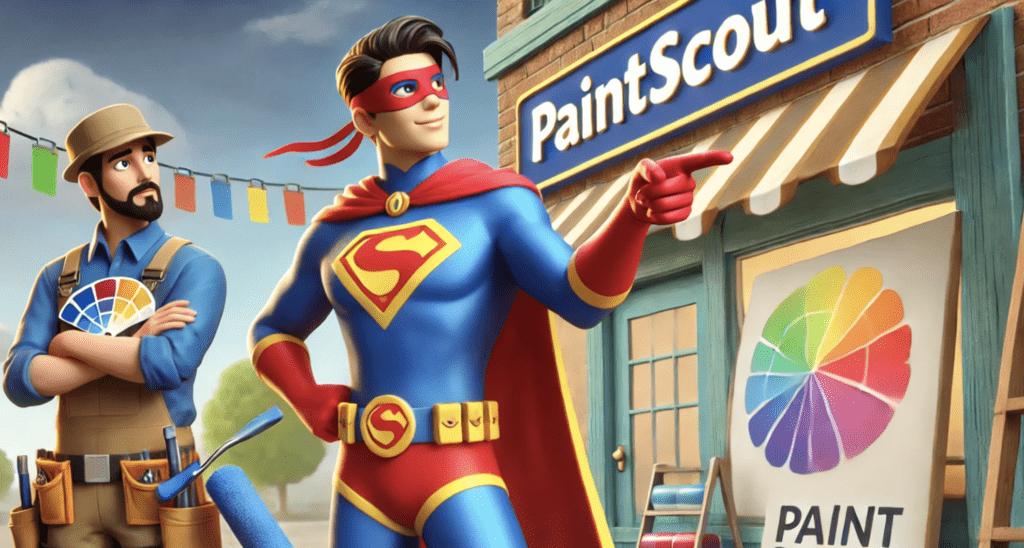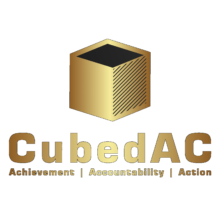Winning contracts in the painting industry requires more than just impeccable workmanship. It also involves creating effective painting proposals that resonate with prospective clients. By presenting your services in a compelling, easy-to-understand manner, you set the foundation for closing sales in painting business situations more confidently and consistently. In this guide, we’ll explore essential strategies, examples, and tools to help your painting company stand out and secure more deals.
For personalized insights on refining proposals and enhancing your business, please consider CubedAC’s House Painting Business Consulting Services or develop new skills through House Painting Business Training.

Why Creating Effective Painting Proposals Matters
A well-structured proposal isn’t just a formality; it’s often the first impression a prospect has of your company’s professionalism and reliability. Creating effective painting proposals ensures you communicate value clearly, set realistic expectations, and lay the groundwork for closing sales in painting business scenarios that lead to long-term client relationships.
Key Benefits of a Strong Proposal:
- Trust & Credibility: A professional layout and transparent pricing instill confidence.
- Scope Clarity: Detailed project descriptions reduce misunderstandings later.
- Competitive Edge: Showcasing testimonials and past successes helps differentiate you from competitors.
Explore How to Build a Strong Brand for Your Painting Business to ensure your proposals align with your brand identity and messaging.
Core Elements of Creating Effective Painting Proposals
A winning proposal is more than a price quote. It should weave together your company’s story, unique selling points, and approach to closing sales in painting business settings, ultimately guiding prospects toward choosing you.

Must-Have Components of Creating Effective Painting Proposals:
- Company Overview: Briefly introduce your history, values, and expertise.
- Project Scope & Details: Specify surfaces, paint types, timelines, and any warranties or aftercare services.
- Clear Pricing Structure: Offer transparent breakdowns of labor, materials, and optional add-ons.
- Portfolio & Testimonials: Visual proof of your craftsmanship and positive client feedback boosts credibility.
- Terms & Conditions: Include basic contractual terms to expedite the onboarding process once the client says yes.
Learn how to ensure fair and profitable pricing in How to Price Your Painting Jobs for Maximum Profit to support accurate, compelling proposals.
Enhancing Your Proposal’s Presentation
Creating effective painting proposals isn’t only about content; presentation matters. A clean, visually appealing format helps prospects absorb information quickly, paving the way for closing sales in painting business interactions more smoothly.

Tips for a Polished Layout for Creating Effective Painting Proposals
- Consistent Branding: Use the same colors, fonts, and logo elements you apply to business cards and signage.
- High-Quality Images: Before-and-after project photos and clean site images let clients envision their own transformations.
- Straightforward Language: Keep descriptions clear and jargon-free, ensuring clients of all backgrounds understand the scope.
For branding guidance, check out Designing the Perfect Painting Business Logo to maintain a cohesive professional image.
Strategies for Creating Effective Painting Proposals That Convert
Even the most informative proposals can fall flat if not strategically tailored. Consider the following techniques to encourage closing sales in painting business engagements more frequently.

Best Practices for Higher Conversion Rates
- Personalization: Reflect the client’s preferences or project details in your wording and suggested paint options.
- Multiple Tiers or Packages: Offer basic, standard, and premium packages to appeal to varying budgets and needs.
- Social Proof: Incorporate client testimonials or links to positive reviews to instill trust.
- Value-Added Services: Highlight extra touches, like color consultations or eco-friendly paints, that set you apart.
- Clear Calls-to-Action: End with a prompt to accept the proposal, schedule a call, or request adjustments.
Check out The Importance of Customer Reviews for Your Painting Business to learn how leveraging testimonials can strengthen your proposals.
Integrating Tools Like PaintScout for Efficiency
Technology can streamline the estimating and proposal creation process. Using specialized software like PaintScout lets you generate accurate quotes, refine packages, and professionally present details—all crucial factors in closing sales in painting business negotiations.

PaintScout Benefits:
- Accurate Estimates: Prevent underbidding or overcharging with precise cost calculations.
- Custom Templates: Maintain a consistent, branded look across all proposals.
- Time Savings: Quickly update costs, scope, or terms without starting from scratch.
Learn more about how PaintScout can boost efficiency at PaintScout Benefits: Optimize Your Painting Business Today. Use code CUBED-AC to save $100 off your subscription.
Avoiding Common Proposal Pitfalls
Small oversights can undermine even the best proposals. By being aware of typical errors, you’ll stay on track toward closing sales in painting business situations more consistently.

Pitfalls to Avoid While Creating Effective Painting Proposals:
- Vague Details: Don’t leave room for guesswork. Be specific about materials, timelines, and prep work.
- Overcomplicating Jargon: Clients should understand every aspect without confusion.
- Ignoring Feedback: If a client requests a revision or clarification, address it promptly to show you value their input.
For more on optimizing operations and reducing errors, see Implementing Technology in Your Painting Business.
Elevate Your Business by Creating Effective Painting Proposals
By creating effective painting proposals, you not only impress potential clients but also establish a solid foundation for closing sales in painting business ventures with greater confidence. From a clear scope of work to a polished presentation, every detail counts in persuading prospects to trust your services.
For personalized guidance and training on refining your approach, explore CubedAC’s House Painting Business Training and learn more about scaling your reach in Online Marketing for Painting Companies.

FAQs
Q1: How long should a painting proposal be?
Aim for 2-4 pages, enough to cover essential details without overwhelming the client.
Q2: Should I attach a contract to my proposal?
It’s often wise to include a contract or at least outline terms. This clarity speeds up onboarding once the client agrees.
Q3: How soon should I follow up after sending a proposal?
Following up within 2-3 days shows proactivity. If they need more time, schedule a second check-in.
Q4: Can I send my proposals digitally only?
Absolutely. Digital proposals are convenient, easily updated, and often mobile-friendly—ideal for today’s busy clients.
Q5: Is negotiating price after sending a proposal acceptable?
Yes. Be open to reasonable negotiations. Offering alternative materials or adjusting scope can help meet the client’s budget without sacrificing quality.
